
Code: 09019597
From Dar Es Salaam to Bongoland
by Bernard Calas
The name Dar es Salaam comes from the Arabic phrase meaning house of peace. A popular but erroneous translation is "haven of peace" resulting from a mix-up of the Arabic words "dar" (house) and "bandar" (harbour). Named in 1867 by ... more
- Language:
 English
English - Binding: Paperback
- Number of pages: 430
Publisher: Mkuki na Nyota Publishers, 2010
- More about this

You might also like
-

Frye: The Boots That Made History
54.19 € -18 % -

Hablemos de langostas
21.49 € -10 % -

Capitán Calabrote
13.92 € -10 % -
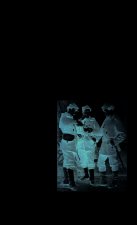
Garde Nationale
18.06 € -

Girl Walks into a Blind Date
11.60 € -4 % -

Gold Rushes
12.10 € -4 %
Give this book as a present today
- Order book and choose Gift Order.
- We will send you book gift voucher at once. You can give it out to anyone.
- Book will be send to donee, nothing more to care about.
More about From Dar Es Salaam to Bongoland
You get 207 loyalty points
 Book synopsis
Book synopsis
The name Dar es Salaam comes from the Arabic phrase meaning house of peace. A popular but erroneous translation is "haven of peace" resulting from a mix-up of the Arabic words "dar" (house) and "bandar" (harbour). Named in 1867 by the Sultan of Zanzibar, the town has for a long time benefitted from a reputation of being a place of tranquility. The tropical drowsiness is a comfort to the socialist poverty and under-equipment that causes an unending anxiety to reign over the town. Today, for the Tanzanian, the town has become Bongoland, that is, a place where survival is a matter of cunning and intelligence (bongo means "brain" in Kiswahili). Far from being an anecdote, this slide into toponomy records the mutations that affect the links that Tanzanians maintain with their principal city and the manner in which it represents them. This book takes into account the changes by departing from the hypothesis that they reveal a process of territorialisation. What are the processes-envisaged as spatial investments-which, by producing exclusivity, demarcations and exclusions, fragment the urban space and its social fabric? Do the practices and discussions of the urban dwellers construct limited spaces, appropriated, identified and managed by communities (in other words, territories)? Dar es Salaam is often described as a diversified, relatively homogenous and integrating place. However, is it not more appropriate to describe it as fragmented? As territorialisation can only occur through frequenting, management and localised investment, it is therefore through certain places-first shelter and residential area, then the school, daladala station, the fire hydrant and the quays-that the town is observed. This led to broach the question in the geographical sense of urban policy carried out since German colonisation to date. At the same time, the analysis of these developments allows for an evaluation of the role of the urban crisis and the responses it brings. In sum, the aim of this approach is to measure the impact of the uniqueness of the place on the current changes. On one hand, this is linked to its long-term insertion in the Swahili civilisation, and on the other, to its colonisation by Germany and later Britain and finally, to the singularity of the post-colonial path. This latter is marked by an alternation of Ujamaa with Structural Adjustment Plans applied since 1987. How does this remarkable political culture take part in the emerging city today? This book is a translation of De Dar es Salaam a Bongoland: Mutations urbaines en Tanzanie, published by Karthala, Paris in 2006.
 Book details
Book details
Book category Books in English Society & social sciences Sociology & anthropology Anthropology
82.46 €
- Full title: From Dar Es Salaam to Bongoland
- Subtitle: Urban Mutations in Tanzania
- Author: Bernard Calas
- Language:
 English
English - Binding: Paperback
- Number of pages: 430
- EAN: 9789987080946
- ISBN: 9789987080946
- ID: 09019597
- Publisher: Mkuki na Nyota Publishers
- Weight: 740 g
- Dimensions: 245 × 171 × 26 mm
- Date of publishing: 01. November 2010
Trending among others
-

Revolt Against the Modern World
24.52 € -20 % -

Catching Fire
12.91 € -25 % -

Exercised
12.91 € -22 % -

Chrysanthemum and the Sword
11.60 € -36 % -
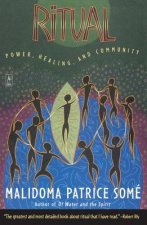
Ritual
11.09 € -31 % -

Watching the English
15.13 € -18 % -

Harmless People
17.35 € -13 % -

Utopia Of Rules
16.14 € -23 % -

Nordic Theory of Everything
11.29 € -28 % -
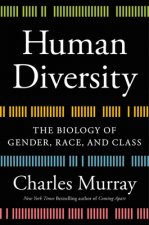
Human Diversity
28.25 € -21 % -
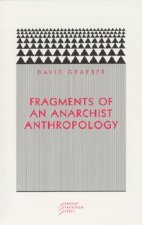
Fragments of an Anarchist Anthropology
13.11 € -6 % -
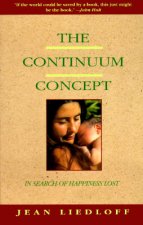
Continuum Concept
12.81 € -36 % -

World Until Yesterday
11.29 € -23 % -

Spirit Catches You and You Fall Down
17.86 € -6 % -
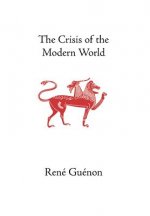
Crisis of the Modern World
28.56 € -

Scientific Study of Mummies
64.99 € -
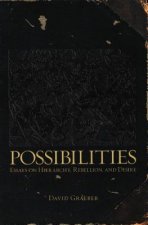
Possibilities
19.17 € -19 % -

Deep Listeners
33.70 € -
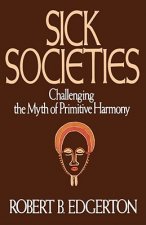
Sick Societies
42.18 € -7 % -

Forms of Talk
35.02 € -1 % -

Serbs
45.71 € -

Bodies under Siege
45.11 € -

Anarchism
14.83 € -27 % -
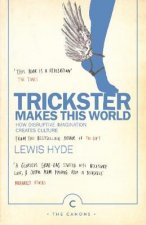
Trickster Makes This World
11.29 € -28 % -

Combatting Cult Mind Control
18.87 € -5 % -

Continuum Concept
13.31 € -20 % -

Kill All Normies - Online culture wars from 4chan and Tumblr to Trump and the alt-right
11.70 € -20 % -
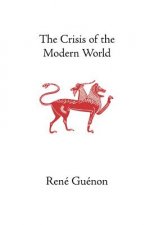
Crisis of the Modern World
16.95 € -

Totem and Taboo
6.75 € -28 % -

How Forests Think
38.85 € -

Consider The Lobster
10.59 € -28 % -

Secret of Our Success
18.66 € -10 % -
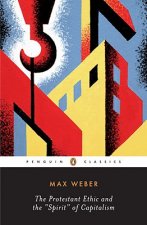
Protestant Ethic and Other Writings
15.23 € -28 % -

Crowd
10.59 € -19 % -

Evolution of the Human Head
58.84 € -1 % -

Limits to Medicine
14.52 € -23 % -

Five Roles of a Master Herder
16.75 € -16 % -

Cambridge Encyclopedia of Human Evolution
99.82 € -

Patterning Instinct
19.37 € -27 % -
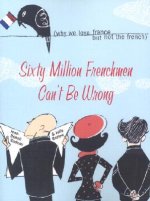
Sixty Million Frenchmen Can't Be Wrong
17.65 € -22 % -

Peoplewatching
17.25 € -28 % -
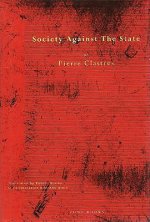
Society Against the State
24.21 € -6 % -
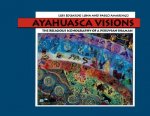
Ayahuasca Visions
32.39 € -19 % -
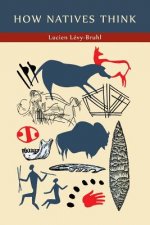
How Natives Think
22.20 € -

Bones of Contention
46.22 € -

Exploration and Discovery - Treasures of the Yale Peabody Museum of Natural History
24.32 € -9 % -

Introducing Anthropology
9.28 € -28 % -

Dark Shamans
35.22 € -

Homo Necans
36.13 € -16 %
Collection points Bratislava a 2642 dalších
Copyright ©2008-24 najlacnejsie-knihy.sk All rights reservedPrivacyCookies



 15549 collection points
15549 collection points Delivery 2.99 €
Delivery 2.99 € 02/210 210 99 (8-15.30h)
02/210 210 99 (8-15.30h)